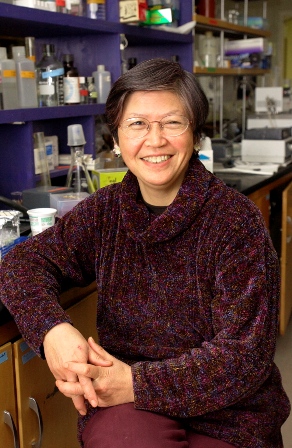| Fall 2007 |
||
| PREVIOUS|PAGE 1 | ||
| ABLE 2007 Funding Source Survey Summary
|
 |
|
| Summary of Funding Source Survey of ABLE 2007 Participants There were 97 respondents, or ~60% of the meeting participants. The response is indicated in % and thus rounding may indicate slightly higher or lower than 100%. Tenure-track includes tenured faculty. Country US - 87% Position Tenure-track – 41% Funding Personal Funds Grant Funds – Only 8 individuals had any funding from grants to participate, 1 Canadian and the rest US. Of course, it is impossible to make any firm conclusions from one survey, but it is clear that a significant percentage of participants receive institutional support to participate in ABLE. It is unclear whether Canadians receive higher percentage of institutional support for such activities, or that they do not participate without support. It may be interesting to do a similar survey next year when Canadian participation may increase. To increase the level of participation in the survey, we might consider giving it at registration time.
|
||
| PREVIOUS|PAGE 1 | ||